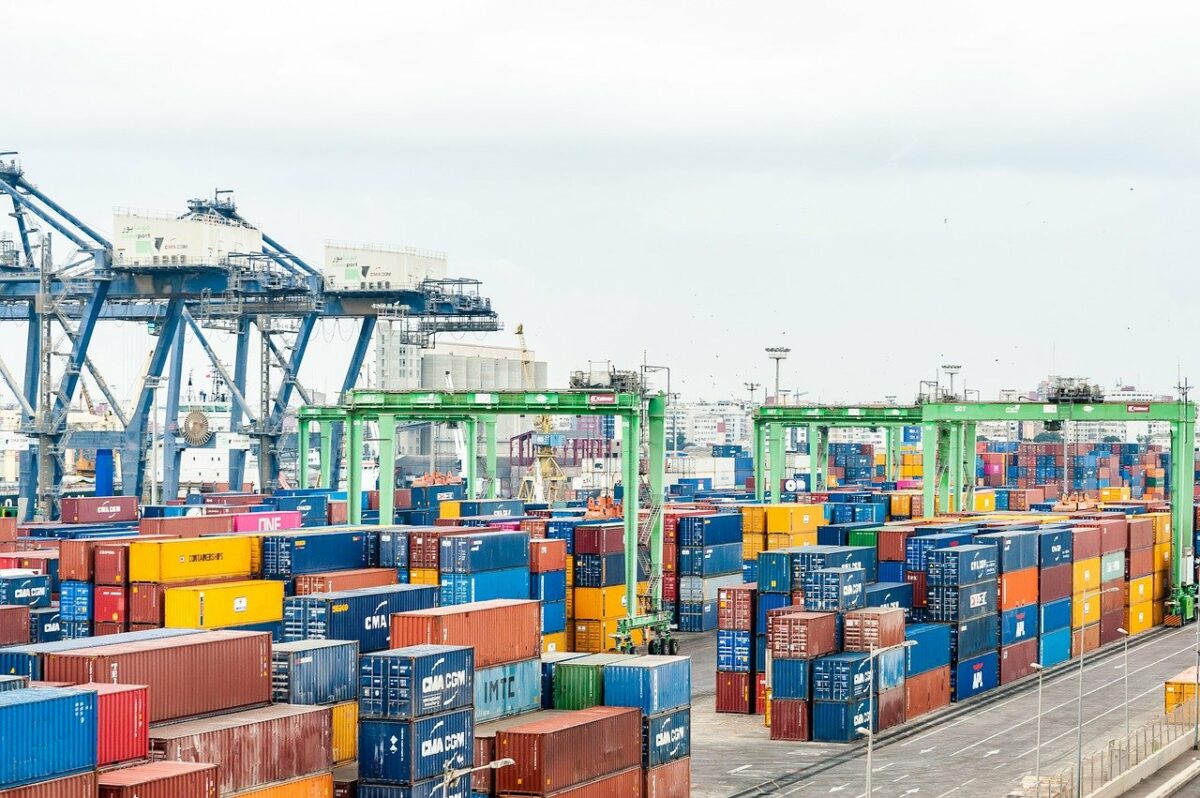This is a very long article, so if you are reading this and are interested in getting more details on this topic, I will be happy to elaborate further.
The following is a brief description of how the logistics system in the game works, and what we’re doing in it. This is the first of a series of three articles on the game.
In the game, you can take a cargo container and enter it into the logistics system. Each container has a certain amount of space and can be filled up to the brim with things. You can then move the box to a specific location, which is called point of interest (POI). When a box is moved to a specific point it must be tagged with a tracking number and/or tag it with something. These tags can help with tracking it and finding it when it gets to its destination.
Each container has a tracking number. The logistics system will also send a tracking number to the container owner if he or she moves the container to a specific location.
The logistics system in In Deathloop is basically a box of boxes, but instead of a box you get a box of boxes. The difference is that boxes are now boxes, with three different kinds of tags on them so that the system can find it. Instead of just a box of boxes, you now have a box of boxes of boxes, with tags on each. Then the system can track this box of boxes if you move it to a point on the map.
In In Deathloop, the logistics system is a container owner’s box of boxes. The container owner is responsible for moving their container to a specific point, including the containers themselves. The containers are not marked on the map, so the containers have to be moved. So if a container owner gets a new container, they are responsible for moving it from their point of origin to where they want it. The containers are not marked on the map, so the containers have to be moved.
This is a system that is similar to the one in a traditional taxi system. Except in the case of logistics it’s not a point on the map but a container. There are no markers to help us understand the coordinates where a container is. And there is no way to know which container that is. So when we start a new game, we have to make sure our container is somewhere.
I don’t know if there’s a better way to do this, but you can do a quick check in the game’s settings to see if there is a way to move this from where it is to where you want it to be. If you don’t see a way to move it, you can always just delete it.
There are no other containers, no clue where they are, and no way to know the coordinates. We need to find the container ourselves because we’re going to need to move it. And moving a container is kind of a big deal. If we had to guess where the container is, we would be guessing at coordinates and the distances to all the other containers. So its important to be able to find our container ourselves.
In our case, we’ve got the coordinates, and we know where the other containers are, but are missing the name of the container. Luckily for us, we have some help. The game makers has a little thing called the logistics consult, which you can find in the game store, where you can go to pick up a copy of the game. This is a small booklet with all the steps to move a container, as well as a list of the various containers that are available.
